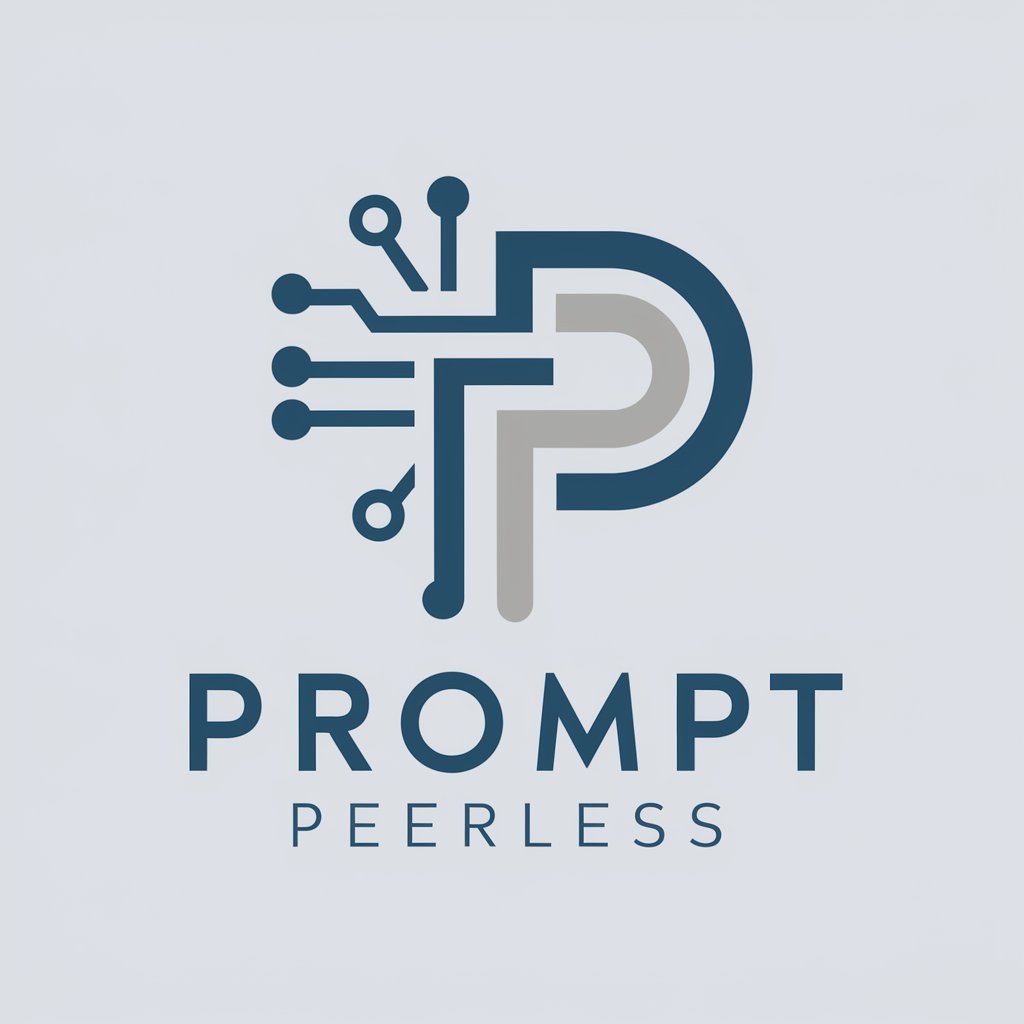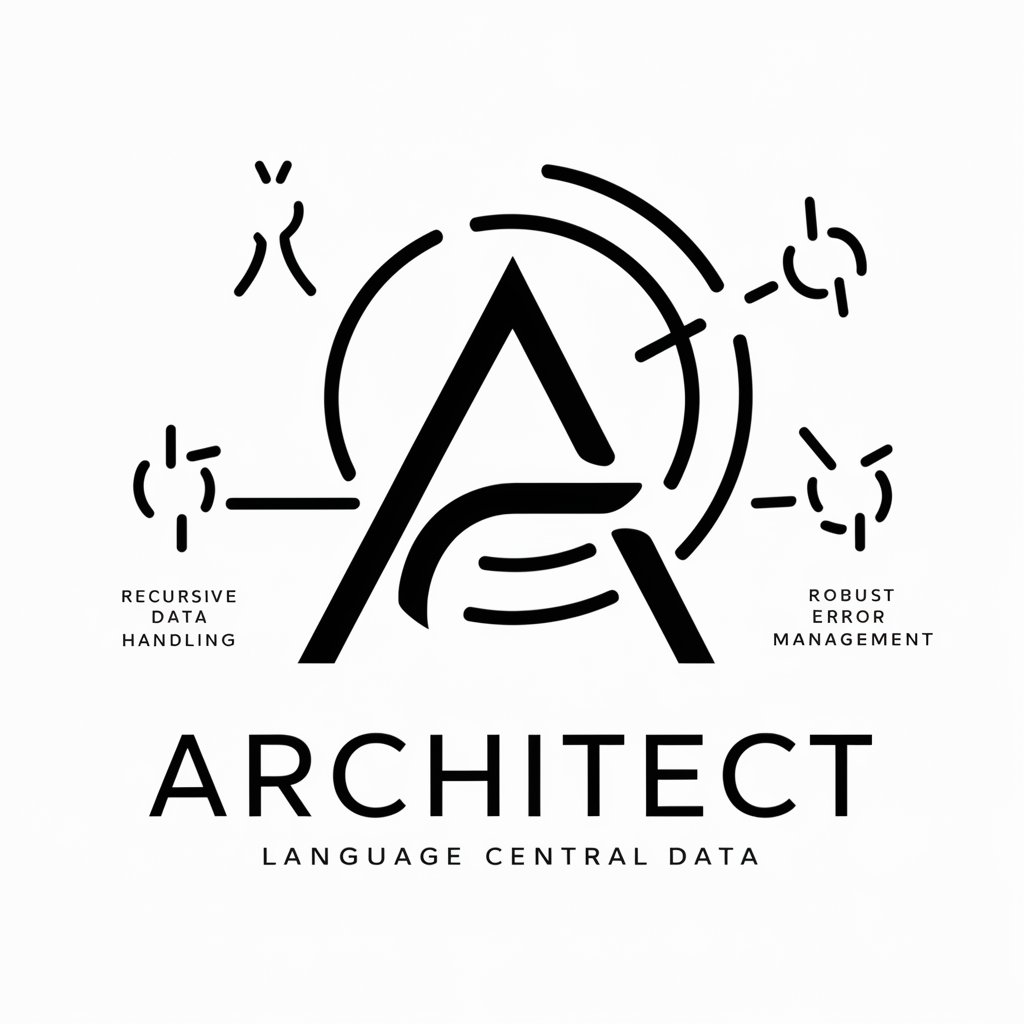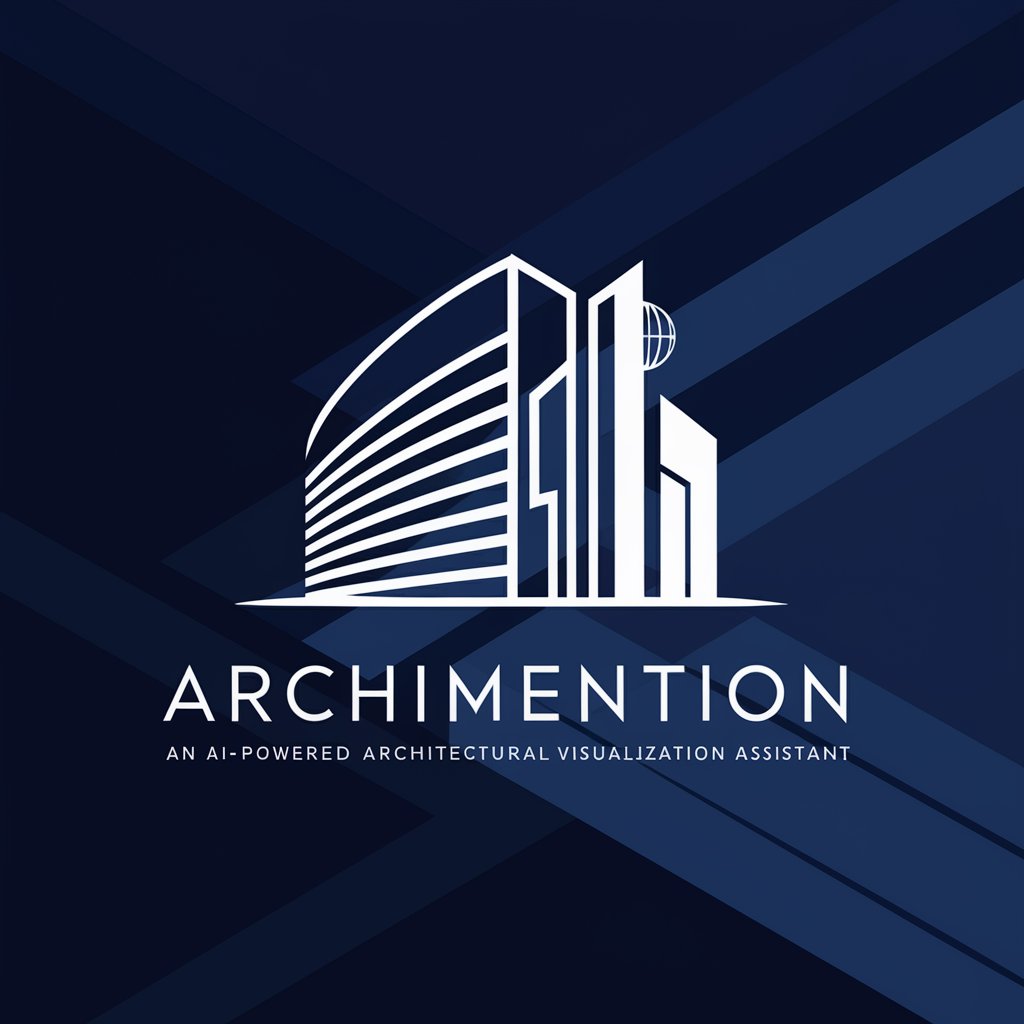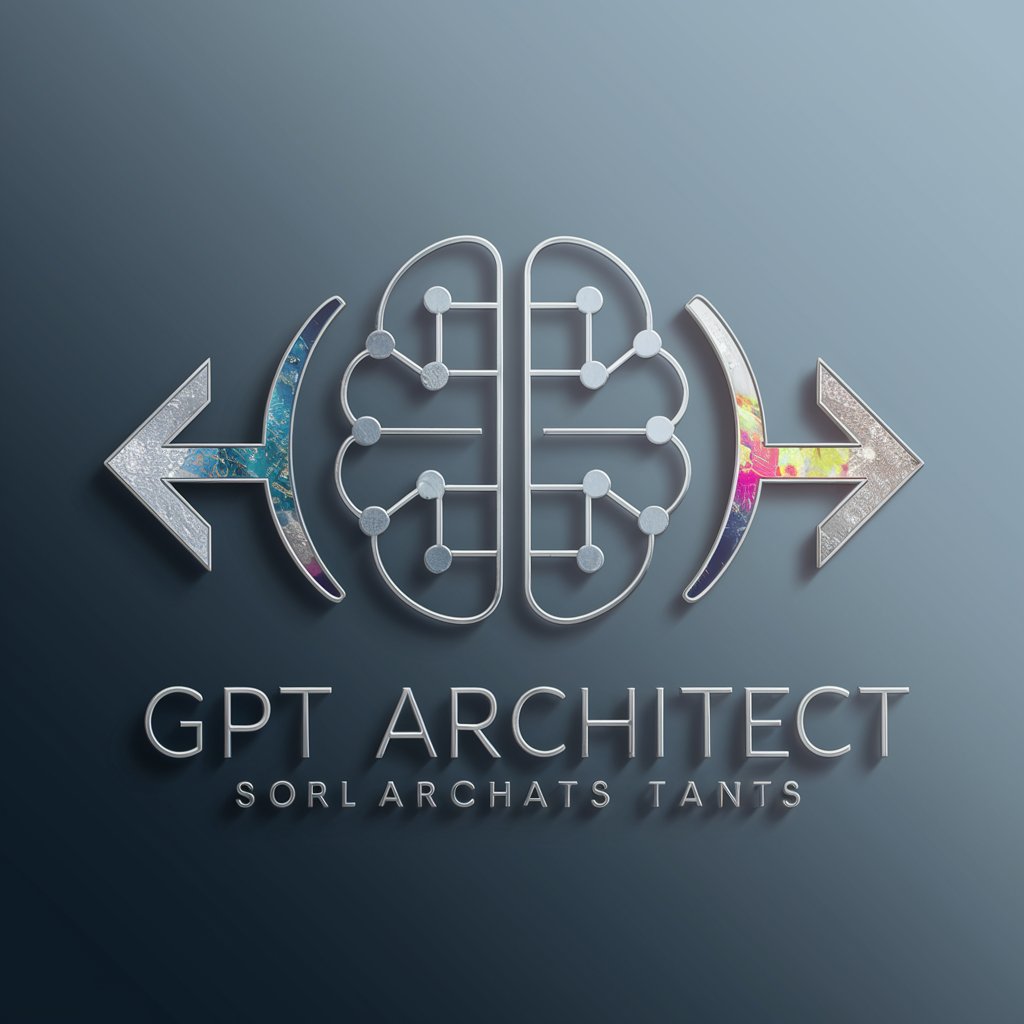
Language Model Architect - AI Model Development Guidance
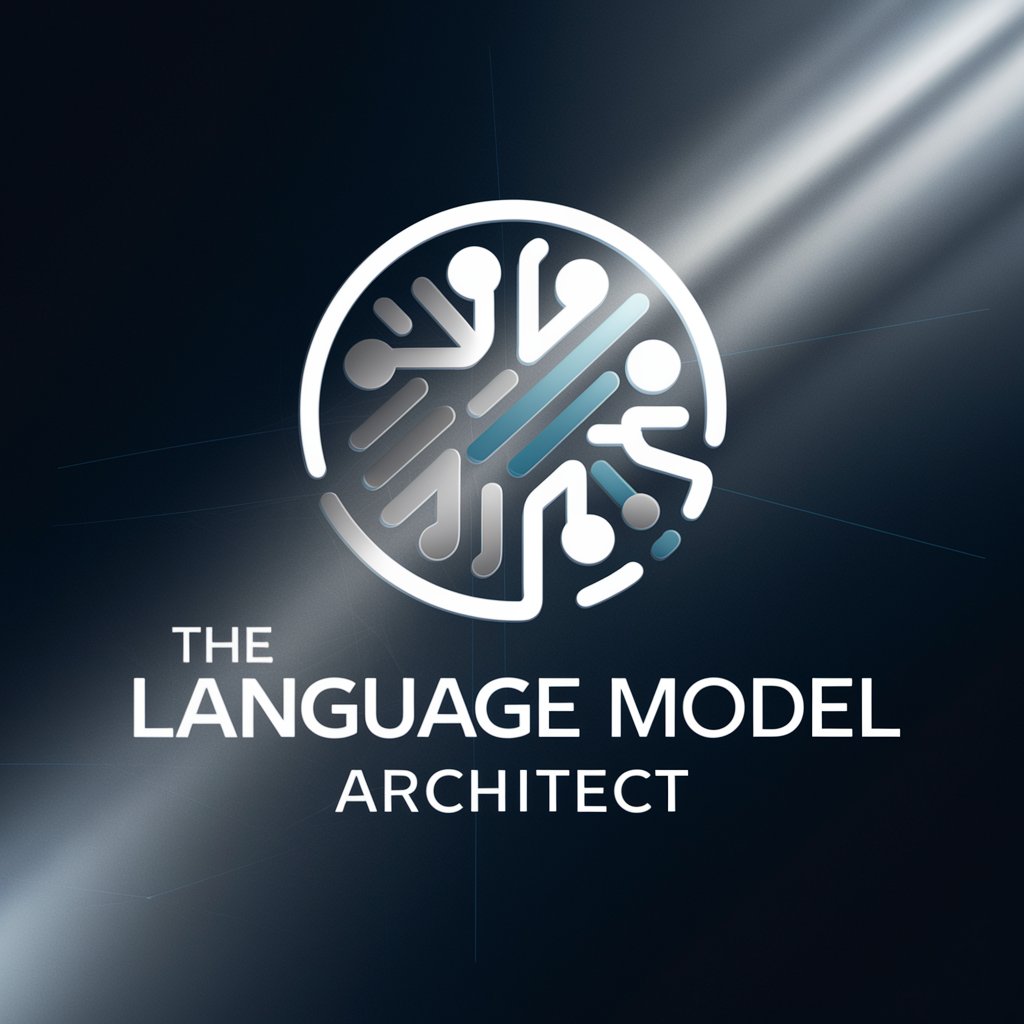
Hello! Ready to explore the world of language models?
Empowering AI innovation with expert guidance.
How do I prepare a dataset for training a language model?
What are the best practices for fine-tuning a GPT model?
Can you explain the different neural network architectures used in language models?
How can I mitigate bias in AI models?
Get Embed Code
Overview of Language Model Architect
Language Model Architect is designed as a comprehensive guide and resource for developers, researchers, and enthusiasts involved in the development, application, and understanding of large language models (LLMs) like GPT. It aims to navigate users through the intricacies of dataset preparation, model architecture, training optimizations, and deployment strategies, among other areas. For example, when discussing dataset curation, Language Model Architect might advise on sourcing diverse text corpora, filtering out irrelevant or biased content, and techniques for data anonymization to protect privacy. In terms of model design, it could delve into explaining transformer architectures, attention mechanisms, and how varying layer sizes or parameter counts can impact model performance and training efficiency. Powered by ChatGPT-4o。

Core Functions of Language Model Architect
Dataset Preparation and Curation
Example
Advising a team on compiling a balanced, comprehensive dataset for training a model intended for medical text analysis, including sourcing from medical journals, patient forums, and health advice websites while ensuring data privacy and consent.
Scenario
A research group aiming to develop an LLM for diagnosing conditions from patient descriptions.
Model Architecture and Design
Example
Explaining the trade-offs between different transformer models, such as GPT-3 and BERT, for a specific natural language processing (NLP) task, and guiding on architectural modifications to enhance task-specific performance.
Scenario
A startup developing a conversational AI for customer support, seeking to understand which model architecture best suits their needs.
Training and Optimization
Example
Guiding a team through setting up a distributed training pipeline using TensorFlow or PyTorch, selecting the right optimizers, and implementing techniques to avoid overfitting.
Scenario
An AI lab working on training a large-scale language model efficiently with limited computational resources.
Ethical Considerations and Bias Mitigation
Example
Advising on strategies to identify and mitigate biases in training data and model outputs, including the implementation of fairness metrics and diverse testing scenarios.
Scenario
A social media company aiming to deploy an LLM for content moderation without amplifying biases or suppressing free expression.
Deployment and Scaling
Example
Discussing the integration of LLMs into existing software ecosystems via APIs, managing load balancing, and ensuring model responsiveness at scale.
Scenario
A cloud services provider looking to offer LLM capabilities as part of their platform-as-a-service offerings.
Who Benefits from Language Model Architect?
AI Researchers and Developers
This group benefits from deep dives into model architecture, training techniques, and optimization strategies, enabling them to push the boundaries of what LLMs can achieve.
Tech Companies and Startups
Companies looking to integrate advanced NLP features into their products or services can leverage detailed guidance on deployment, scaling, and maintaining LLMs in production environments.
Ethicists and Policy Makers
Individuals concerned with the ethical implications of AI and machine learning can find resources on bias mitigation, privacy considerations, and ethical AI development.
Educators and Students
Those in academic settings can utilize the Architect for learning about the latest developments in LLMs, understanding complex concepts, and applying them in educational projects or research.

How to Use Language Model Architect
Initiate your journey
To start with Language Model Architect, visit yeschat.ai for a complimentary trial that doesn't require logging in or a ChatGPT Plus subscription.
Identify your needs
Consider what you need from a language model. Are you looking to develop a new AI application, improve an existing model, or seek guidance on AI ethics? This clarity will help tailor your experience.
Explore features
Familiarize yourself with the tool's features, including dataset curation, model architecture advice, training strategies, and ethical AI development. Use the provided documentation and tutorials.
Engage with the community
Join forums or user groups associated with Language Model Architect to exchange ideas, seek advice, and share insights. Community engagement can enhance your learning and application of the tool.
Apply knowledge
Start applying the insights gained from Language Model Architect to your projects. Experiment with different models, datasets, and strategies to find what works best for your specific needs.
Try other advanced and practical GPTs
Your Future Self
Empowering Your Life Decisions with AI

Ancient General Intelligence | A.G.I
Unlock the past with AI-powered wisdom

Learn French from the beginning
Master French with AI-powered guidance
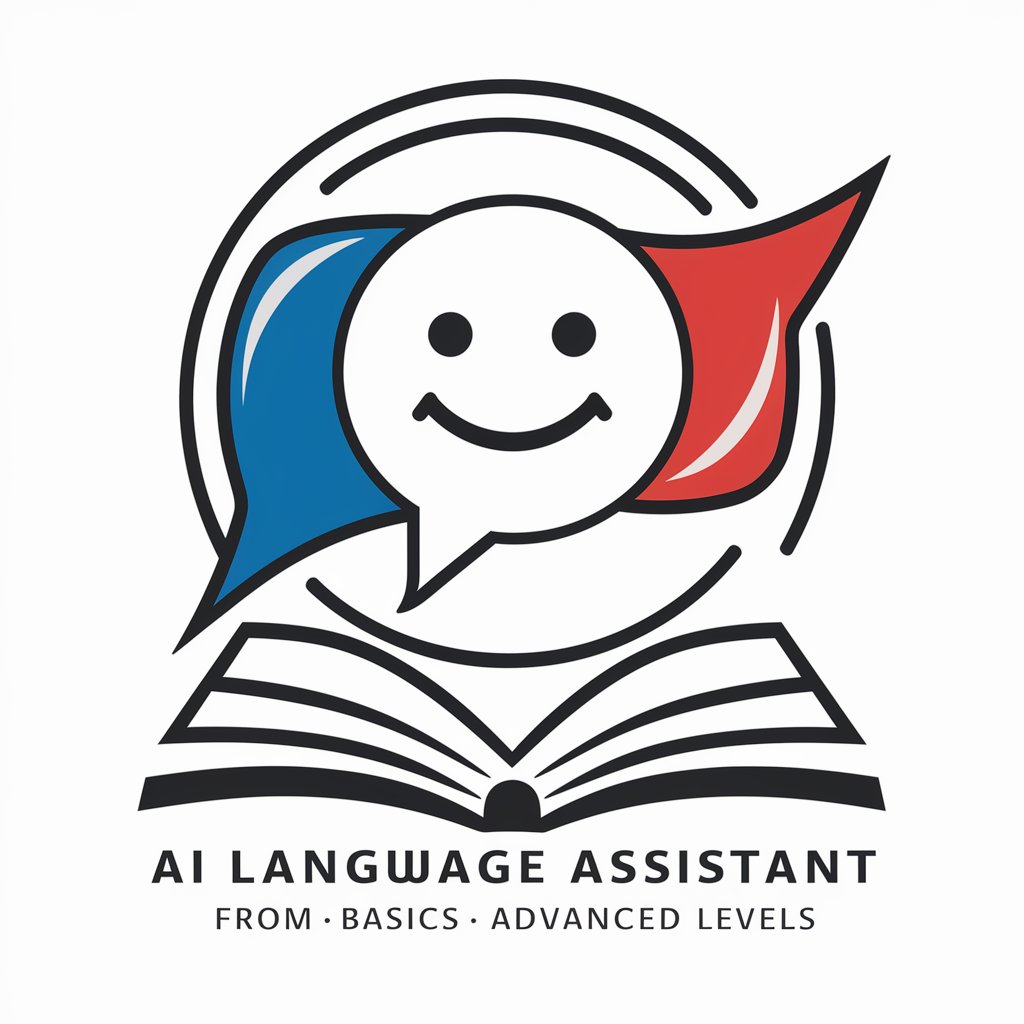
Sold
Empowering luxury auto sales with AI

Music Discovery and Recommendation Assistant
AI-Powered Personalized Music Journeys

Z-QuirkQuoteGen
Crafting Unique Quotes with AI Power
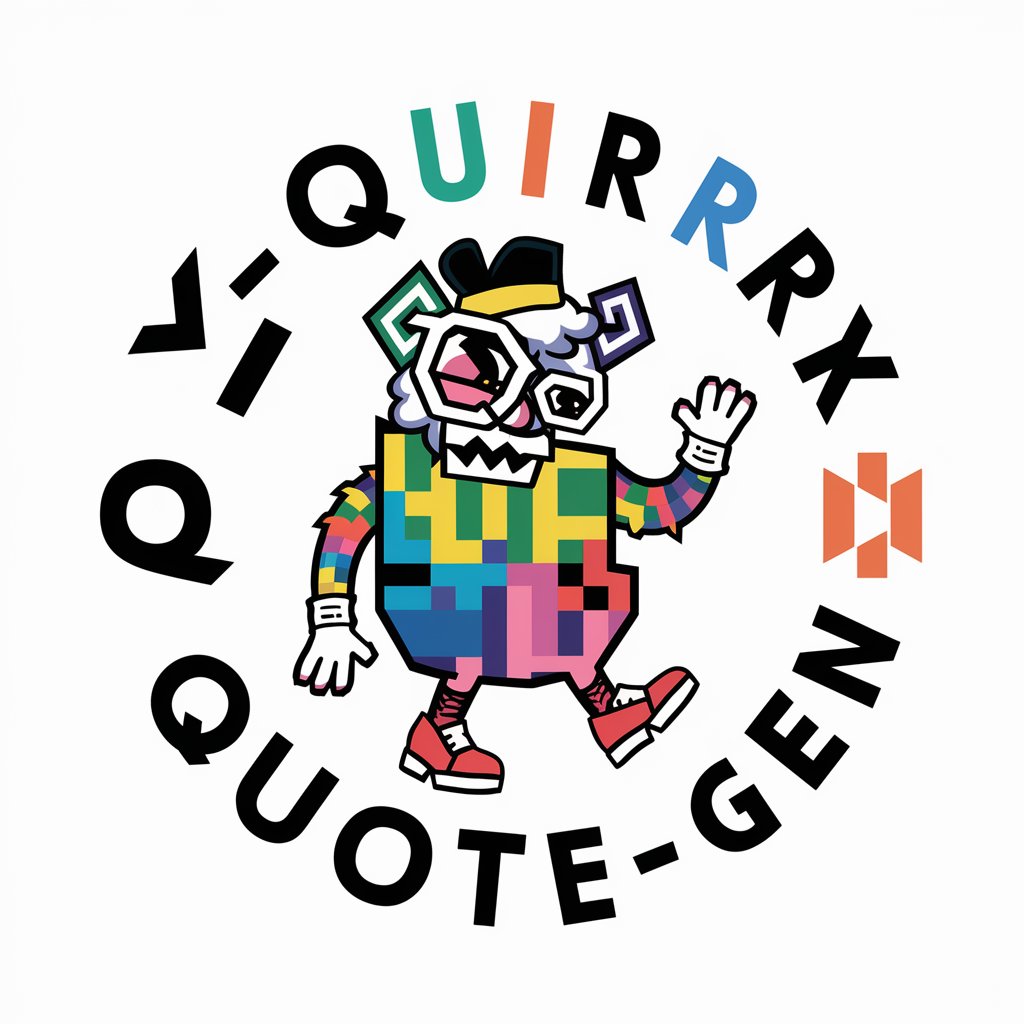
Leticia del Monte Media Expert
Strategic Insights for Media Excellence

Common Sense
Practical advice at your fingertips.

CSS Image Clarity Magic
AI-powered clarity for web images

Reading Buddy
Empowering Young Readers with AI

White Paper Title Generator
Crafting Tailored White Paper Titles with AI

JavaScript Animation: Enhance User Interfaces
Animating UIs with AI-Powered Precision
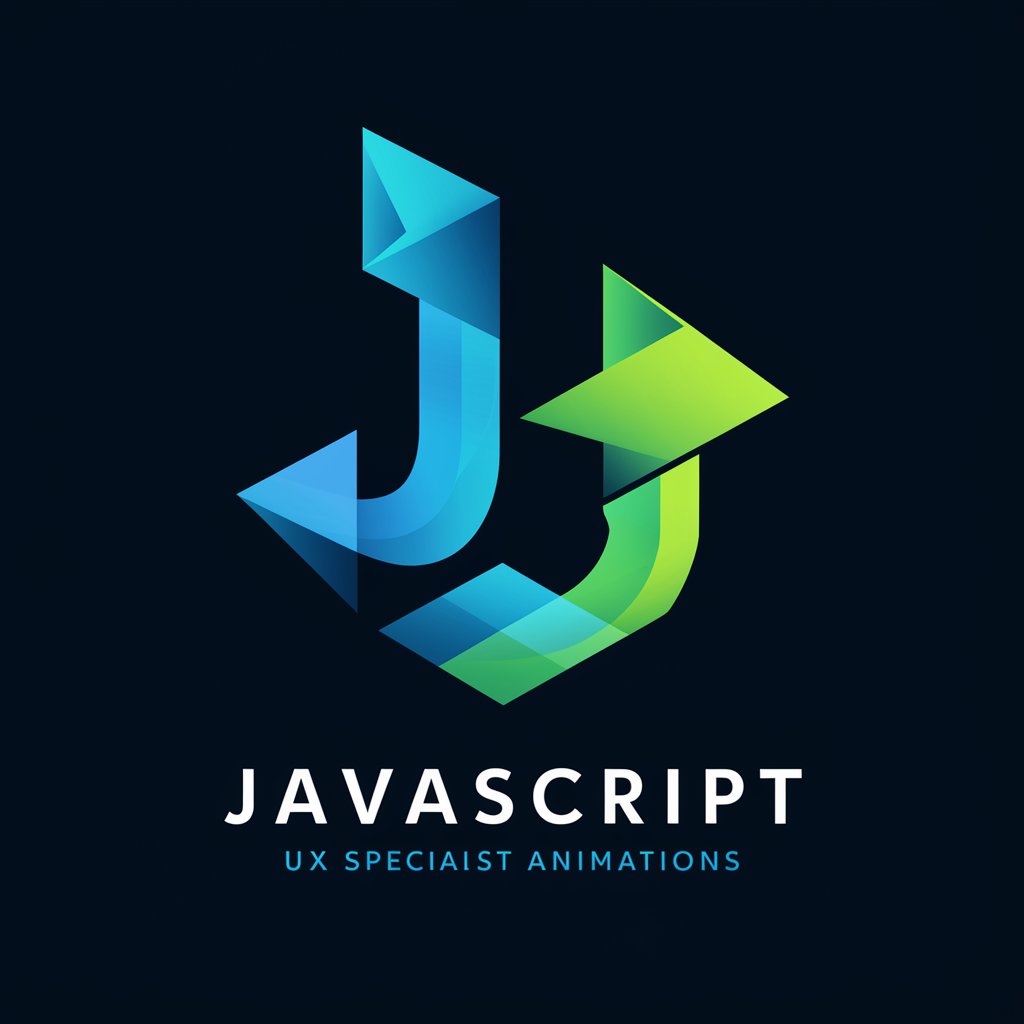
Frequently Asked Questions about Language Model Architect
What makes Language Model Architect unique?
Language Model Architect stands out for its comprehensive guidance on developing and deploying large language models. It offers in-depth advice on dataset preparation, model architecture, training optimizations, and ethical considerations, making it a holistic resource for developers.
Can Language Model Architect help with bias mitigation?
Yes, it provides detailed strategies for identifying and mitigating biases in your AI models. This includes techniques for dataset balancing, model evaluation for fairness, and ethical guidelines to ensure AI is developed responsibly.
How does Language Model Architect assist in model evaluation?
It offers guidance on various metrics and testing methodologies to evaluate your language models effectively. This includes performance benchmarks, robustness checks, and generalization capabilities to ensure your model meets its intended applications.
Is Language Model Architect suitable for beginners?
Absolutely. While it offers advanced insights for seasoned AI developers, beginners can greatly benefit from its step-by-step guidance on the fundamentals of AI development, making complex concepts more accessible.
How can I stay updated with the latest AI trends using Language Model Architect?
Language Model Architect frequently updates its resources with the latest research, trends, and developments in the field of AI. Engaging with its community and leveraging the tool's resources will keep you at the forefront of AI innovation.
